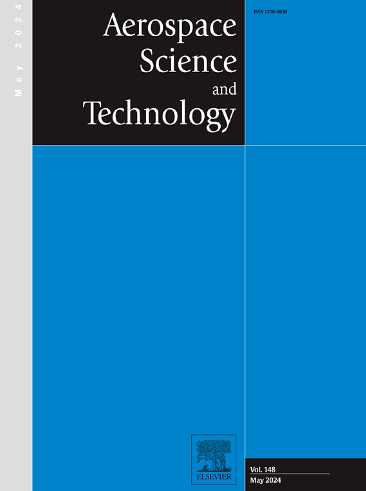Mechanism of the isolator compression constraint on the operating boundary of a dual-mode scramjet engine
IF 5
1区 工程技术
Q1 ENGINEERING, AEROSPACE
引用次数: 0
Abstract
To uncover the mechanism by which the isolator length instigates the high- and low-speed performance conflict of the dual-mode scramjet (DMSJ) engine, a comprehensive thermodynamic cycle analysis of the DMSJ engine has been conducted, and two basic design perspectives for isolator length selection are considered. Results show that, aiming to optimize the specific impulse at the upper operating Mach number (UOM) under design perspective I yields an isolator length (L/H) as short as 0.65, which leads to significantly inadequate specific thrust at the lower operating Mach number (LOM), highlighting challenges in extending the DMSJ engine's lower operating boundary. Conversely, aiming to optimize the specific thrust at the LOM under design perspective II necessitates an isolator length as long as 16.7, resulting in a 60 % reduction of the specific impulse compared to the optimized specific impulse at the UOM. This underscores the challenges in extending the DMSJ engine's upper operating boundary. Comparative analysis further reveals that reducing the UOM proves far more effective than increasing the LOM to mitigate the conflict. Additionally, the adverse effect of low-dynamic-pressure combustion on the DMSJ engine's high- and low-speed performance conflict calls attention to the strong coupling effect between low-dynamic-pressure combustion and isolator pressurization, encouraging further study on the mechanism.
求助全文
约1分钟内获得全文
求助全文
来源期刊

Aerospace Science and Technology
工程技术-工程:宇航
CiteScore
10.30
自引率
28.60%
发文量
654
审稿时长
54 days
期刊介绍:
Aerospace Science and Technology publishes articles of outstanding scientific quality. Each article is reviewed by two referees. The journal welcomes papers from a wide range of countries. This journal publishes original papers, review articles and short communications related to all fields of aerospace research, fundamental and applied, potential applications of which are clearly related to:
• The design and the manufacture of aircraft, helicopters, missiles, launchers and satellites
• The control of their environment
• The study of various systems they are involved in, as supports or as targets.
Authors are invited to submit papers on new advances in the following topics to aerospace applications:
• Fluid dynamics
• Energetics and propulsion
• Materials and structures
• Flight mechanics
• Navigation, guidance and control
• Acoustics
• Optics
• Electromagnetism and radar
• Signal and image processing
• Information processing
• Data fusion
• Decision aid
• Human behaviour
• Robotics and intelligent systems
• Complex system engineering.
Etc.
 求助内容:
求助内容: 应助结果提醒方式:
应助结果提醒方式:


